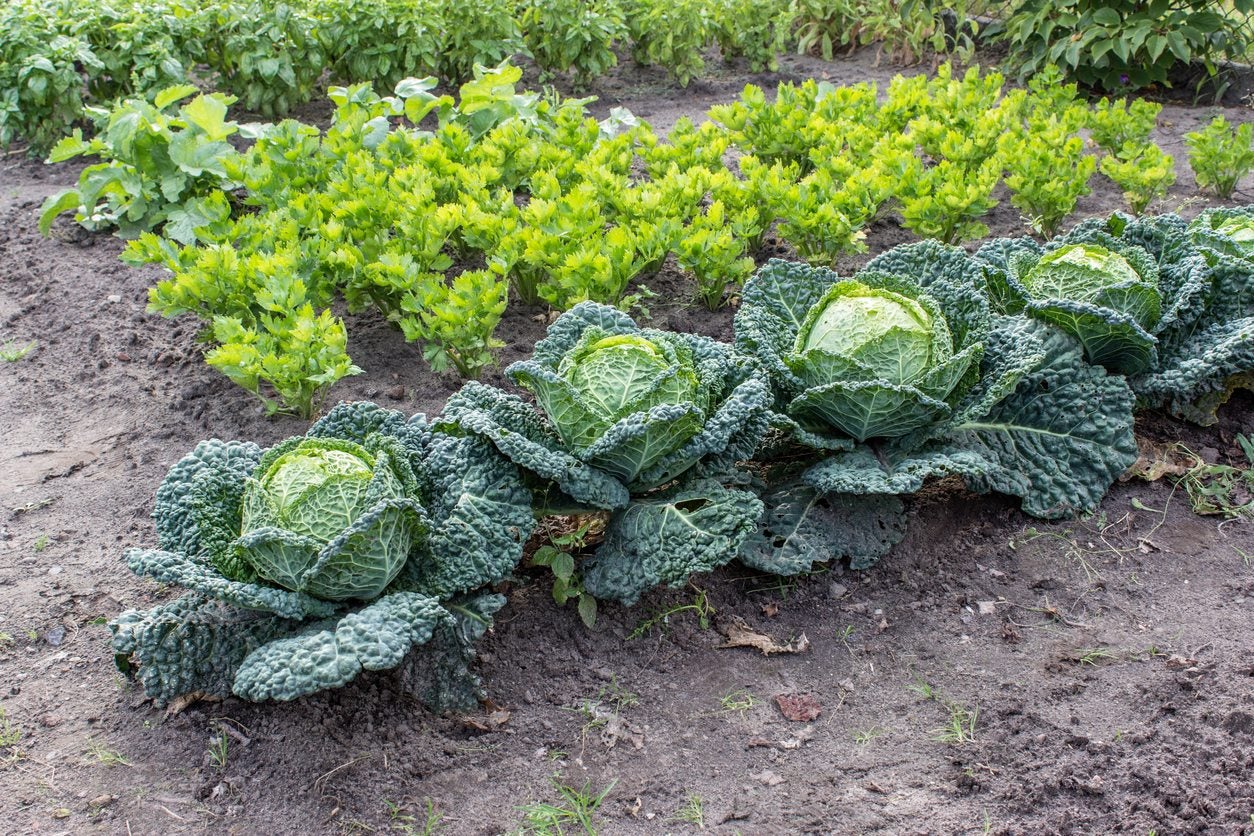Cold Hardy Vegetables – Tips On Planting A Vegetable Garden In Zone 4


In zone 4, where Mother Nature rarely follows a calendar, I glance out my window at the bleak landscape of endless winter and I think it sure doesn’t seem like spring is coming.
Yet, little vegetable seeds stir to life in seed trays in my kitchen, anticipating the warm soil and sunny garden they will eventually grow in. Spring will eventually come and, as always, summer and a bountiful harvest will follow. Read on for information on planting a vegetable garden in zone 4.
Zone 4 Vegetable Gardening
Spring can be short-lived in U.S. hardiness zone 4. Some years it can seem like you blinked and missed spring, as cold freezing rain and snow showers seem to turn overnight into hot, muggy summer weather. With an expected last frost date of June 1 and a first frost date of October 1, the growing season for zone 4 vegetable gardens can be short too.
Starting seeds indoors, properly utilizing cold crops and succession planting can help you get the most out of the limited growing season. With big box stores now selling vegetable seeds as early as January, it's easy to get prematurely excited for spring.
However, the general rule of thumb in zone 4 is to not plant vegetables and annuals outdoors until Mother’s Day, or May 15. Some years plants may even get nipped by frost after May 15, so in spring always pay attention to frost advisories and cover plants as needed.
While you shouldn’t plant them outdoors until mid-May, vegetable plants that need a long growing season, and more sensitive to frost damage, can be started from seed indoors 6-8 weeks before the expected last frost date. These include:
When to Plant Vegetables in Zone 4
Cold hardy vegetables, usually called cold crops or cool-season plants, are the exception to the Mother's Day planting rule. Plants that tolerate and even prefer the cool weather can be planted outdoors in zone 4 as early as mid-April. These types of vegetables include:
Gardening tips, videos, info and more delivered right to your inbox!
Sign up for the Gardening Know How newsletter today and receive a free copy of our e-book "How to Grow Delicious Tomatoes".
- Asparagus
- Potatoes
- Carrots
- Spinach
- Leeks
- Collards
- Parsnips
- Lettuce
- Cabbage
- Beets
- Turnips
- Kale
- Swiss chard
- Broccoli
Acclimating them in an outdoor cold frame can increase their chance of survival and ensure a rewarding harvest. Some of these same cool-season plants can be planted in succession to give you two harvests. Quick maturing plants that are excellent for succession planting are:
These vegetables can be planted between April 15 and May 15 and will be harvestable by mid-summer, and a second crop can be planted around July 15 for an autumn harvest.